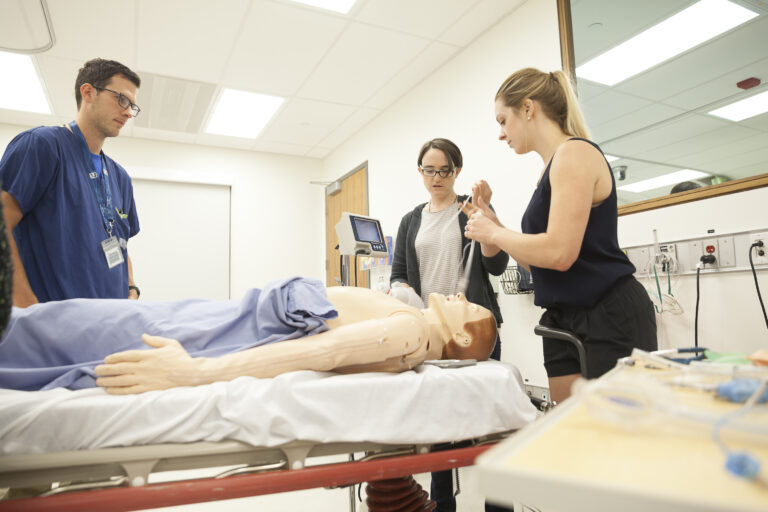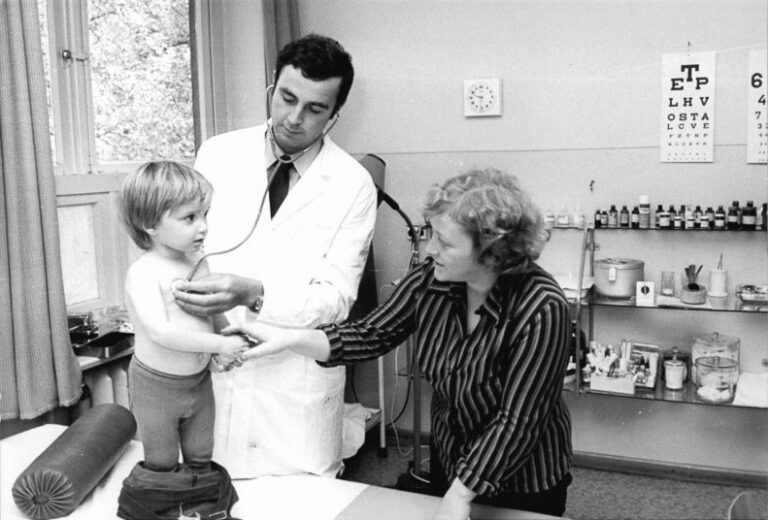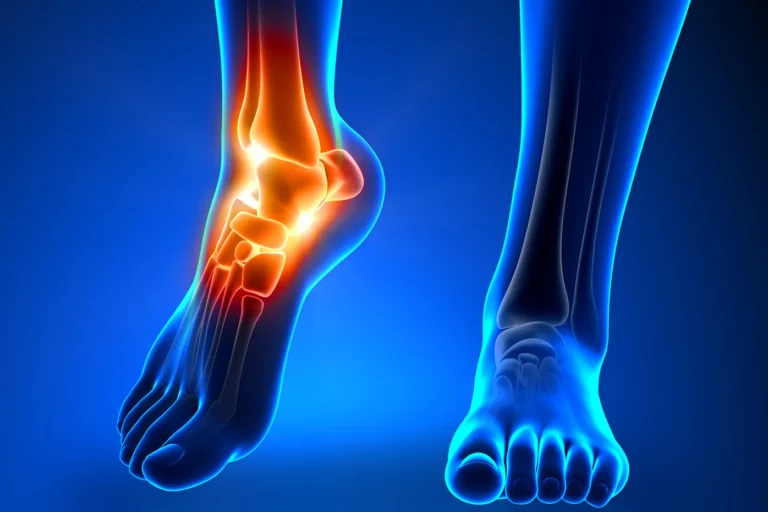How to Detect and Manage Arthritis

Arthritis is a condition characterized by inflammation of the joints, leading to pain and stiffness. Detecting arthritis involves a multi-step process that starts with a physical evaluation and may proceed to imaging and laboratory tests. Managing the condition often involves a combination of medication and other medical procedures aimed at relieving symptoms and improving joint function. Here are the steps for diagnosis and management for anyone experiencing joint discomfort:
Get Physical Examination & Labs
A healthcare provider typically begins the diagnostic process with a physical examination. During this exam, the provider may assess your joints for signs of swelling, redness, and warmth. They may also evaluate the range of motion in the affected joints. This initial evaluation helps them understand the physical impact of your symptoms.
Following the physical exam, laboratory tests may be ordered. Providers can analyze samples of different body fluids to help pinpoint the type of arthritis. Certain markers in the blood, such as antibodies or inflammatory indicators, are associated with specific forms of arthritis.
Receive Radiology Scans
To get a clearer picture of what is happening inside your joints, a doctor may recommend radiology scans. X-rays are used to visualize the condition of your bones. They are useful for showing cartilage loss, bone damage, and the presence of bone spurs. While X-rays do not show soft tissues, they provide a good baseline for monitoring the progression of arthritis over time. Other types of imaging provide more detailed views:
- Computerized tomography (CT) scans: These combine X-rays from multiple angles to create cross-sectional images of internal structures. A CT scan gives a provider a view of both bone and surrounding soft tissues.
- Magnetic resonance imaging (MRI): Using radio waves and a strong magnetic field, MRIs produce detailed images of soft tissues like cartilage, tendons, and ligaments. This type of scan helps in the early detection of joint damage.
- Ultrasound: This technology uses sound waves to create real-time images of soft tissues, cartilage, and fluid-containing structures. It may also be used to guide needle placement for joint aspirations or injections.
Take Medications
A variety of medications are available to manage arthritis symptoms. The type of medication prescribed depends on the specific type of arthritis you have. Nonsteroidal anti-inflammatory drugs (NSAIDs) are a common choice for relieving pain and reducing inflammation. Some are available over-the-counter, while others require a prescription. For certain types of arthritis, doctors may prescribe additional medications to protect the joints and other tissues from permanent damage.
Get Steroid Shots
In some cases, injections are used to manage arthritis symptoms directly at the site of discomfort. Corticosteroid injections are a typical procedure for delivering a strong anti-inflammatory medication directly into an affected joint. This procedure can provide temporary relief from pain and inflammation. The relief from a steroid shot may last for several months.
Get Checked for Arthritis
Recognizing and addressing joint pain early is a proactive step toward managing your health. Management strategies, including medications and direct injections, are available to help address symptoms. If you are experiencing persistent joint pain or stiffness, consulting a healthcare professional is a prudent course of action. Schedule an appointment with our team to discuss your joint health and explore your options.
- What to Expect When Visiting a Foot and Ankle Specialist
- Causes of PTSD
- The Link Between Plantar Fasciitis and Weight Gain: What You Need to Know
- How Pet Ownership Can Positively Impact Life with Fibromyalgia
- The Importance of Stretching and Flexibility in Sports Medicine
Dr. Emma Green is a health and wellness expert with over 10 years of experience in nutrition and fitness. Passionate about helping others live their healthiest lives, Dr. Green shares practical advice on wellness, nutrition, and sustainable living through LivingSpristine.






